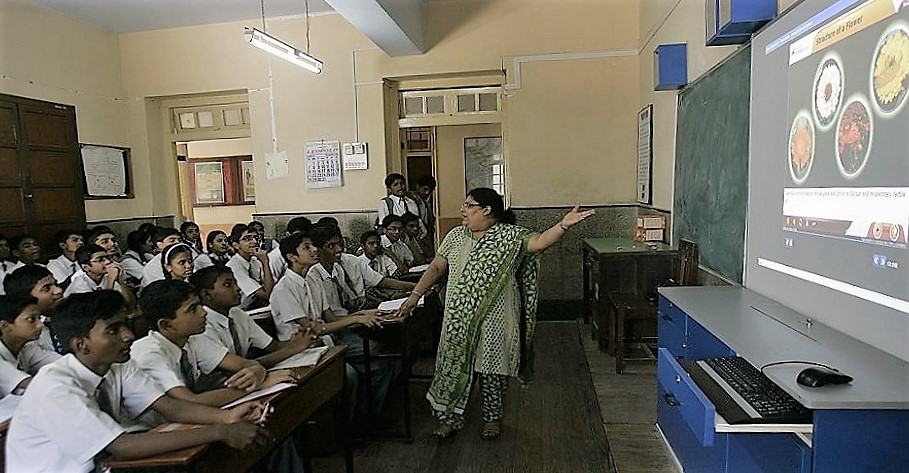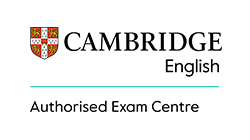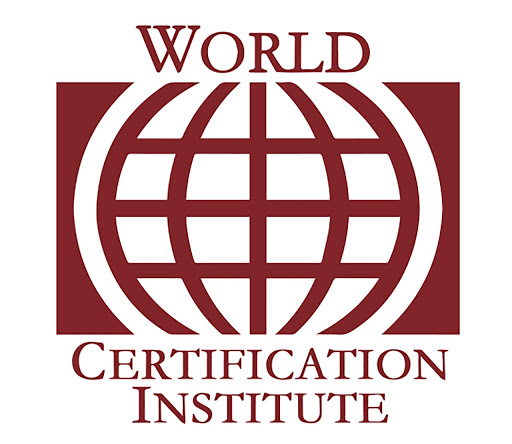We see a paradigm shift in the teaching approach from the traditional to the more modern, digital and related curriculum which brings learning closer to life. The traditional education focused more on bookish knowledge and was non-interactive and unidirectional and very limited in nature. The 21st century education on the other hand is more digitally inclined and calls for participative and interactive learning.
The requirement to bridge the gap and bring education enjoy the ‘best of both the worlds” was strongly felt and using both traditional as well as digital medium to deliver learning. An integrated learning solution has been proposed, to help children, parents and teachers keep track of their socio-emotional development and talents in their life to create a more holistic learning.
The Integrated approach is a learner centred approach and allows students to engage in focussed, relevant and purposeful learning. It allows the learner to see the connectivity and inter-relation between the different curriculum areas. It blends the various subjects taught under the traditional approach in a way that the learner can see the connection and grasp a more authentic understanding. Going for an instant change is impractical, hence what is more plausible is targeting a customized integrated learning solutions model. The mid path is getting the right mix of print learning and digital learning for better learning experience for the students.
Let’s discuss some of the primal benefits of Integrated Learning Solutions.
- Self-learning: Apart from the student learning, the parent and the teacher also gets pulled in this massive development and improvement. While the teachers gets involved by optimizing their teaching techniques, the parents get to learn how to approach their child’s development.
- Inclusivity: Since now parents are more involved than before in their child’s overall development and have access to their real time progress reports, they can interact and provide suggestions to the teachers. This builds a trust factor between the parents and the school authorities and this ensures that best steps are taken for the learner’s improvement.
- Productivity: The teacher’s role changes as discussed earlier and that brings her/him closer to the students and the bond strengthens. Enhanced communication makes it easier for teachers to provide feedback, especially in the practical assignments which are laced with students’ interest. Thus productivity from the students increases. An absolute win-win situation.
- Knowledge-bank: Since print medium has its limitations, but combining it with the digital medium can ensure a deeper and authentic understanding for the students. Quality of both teaching and learning is considerably enhanced. Sharing of online resources also bring the teaching community closer, resulting in sharing of best practices within the academic world.
No good or positive change can happen without its fair share of challenges, major one being sensitizing and preparing the teachers for the Integrated Learning model, not to mention, training them on the use of technology and how to blend the existing curriculum with it. School management has to be prepared to face the initial challenges of resistance and disapproval. However, after overcoming that, the path ought to get better and once results start showing, things would improve even further.
Blending the right amount of print and digital learning in a manner that is seamless and effective with a very clear benchmark on both the parameters should be good to start off with. Also regular and detailed feedback on how effective the results are and how the process is moving will help modifying and perfecting the integrated learning solutions model.









